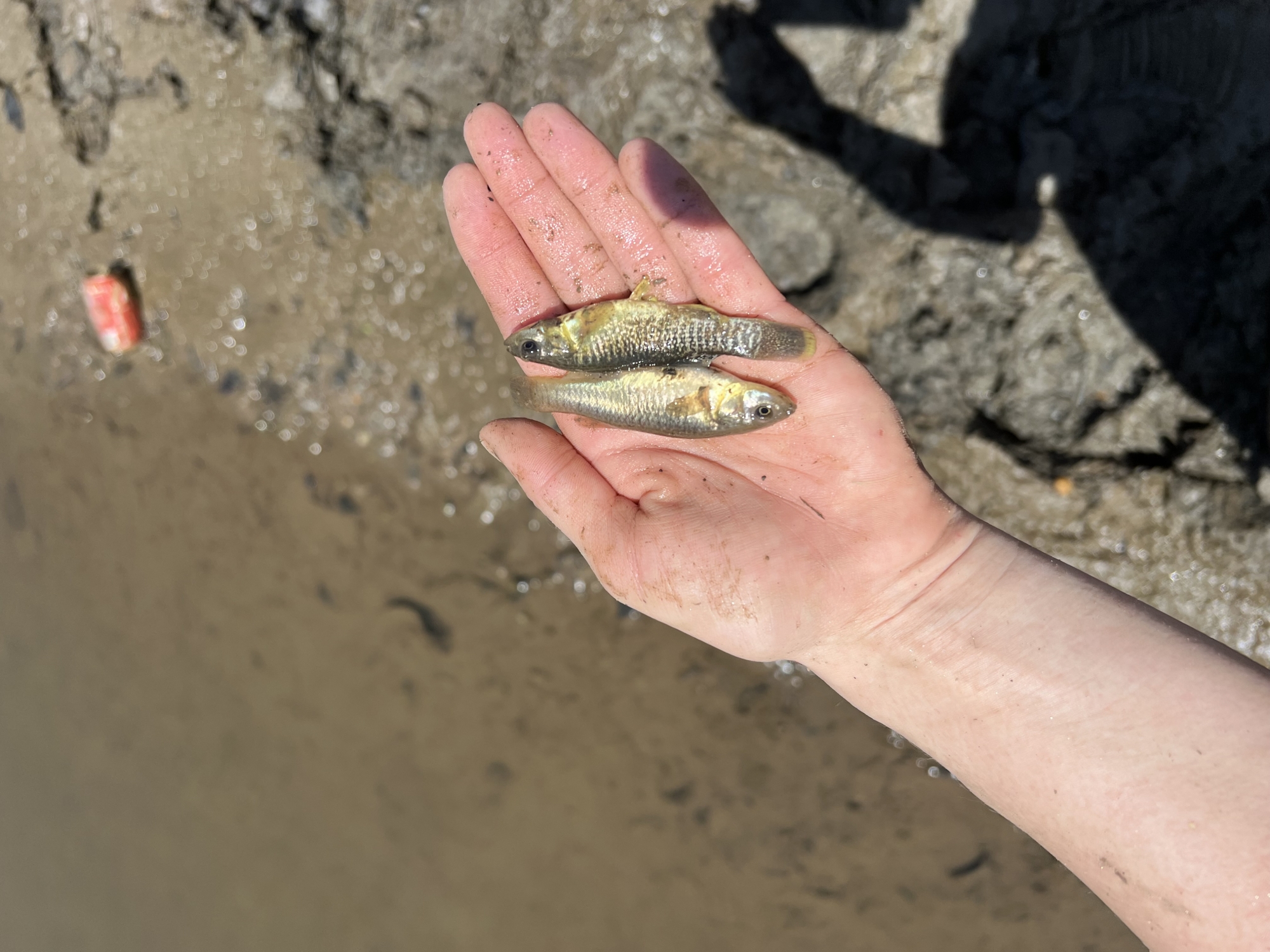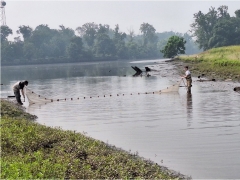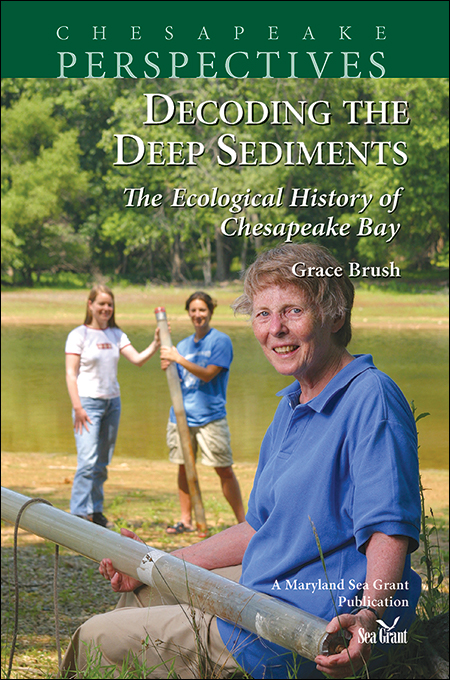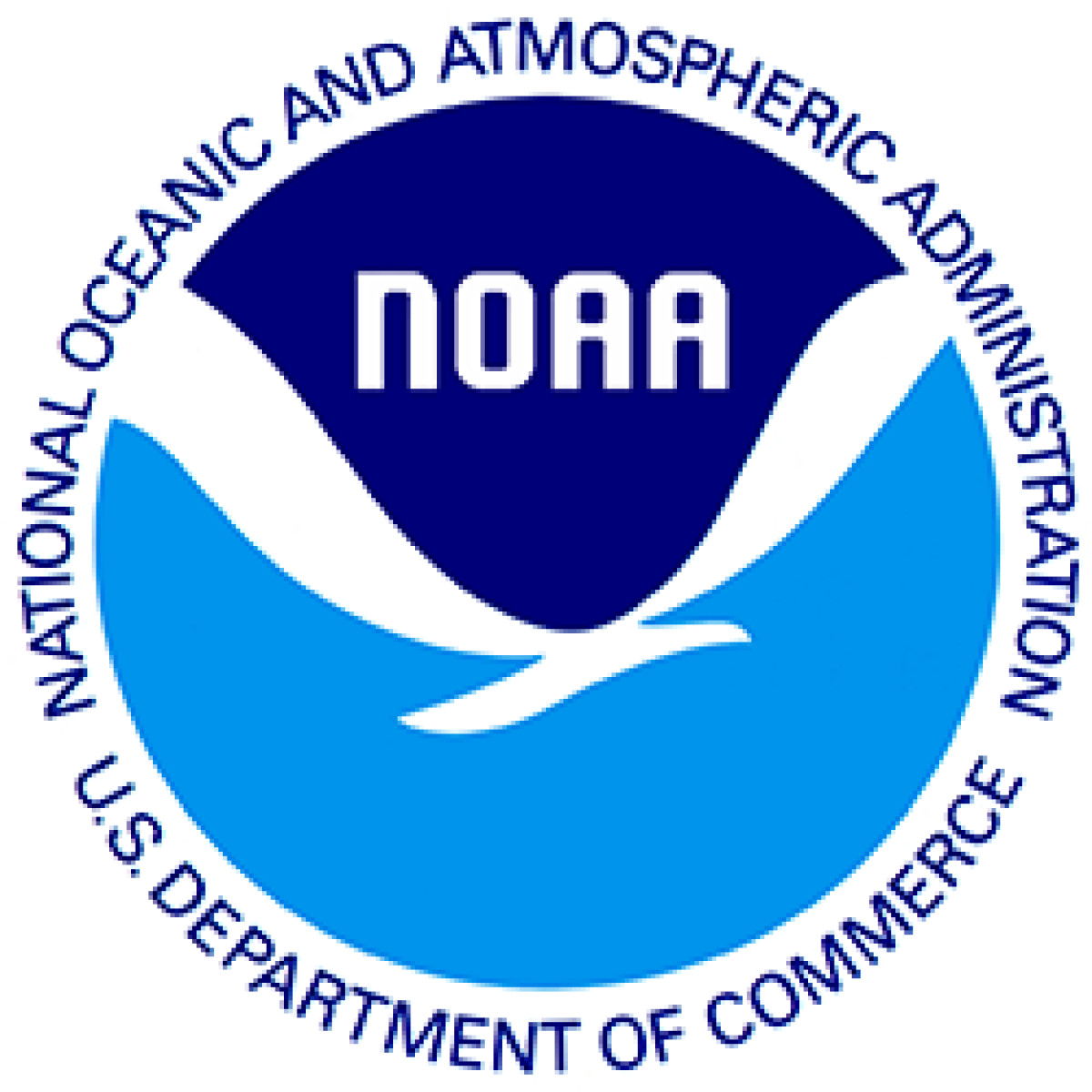Knauss legislative fellowships in Congress help build careers — and they're fun and educational. See our video and fact sheet for details.
Reconnecting with Urban Rivers
The Anacostia River, which sprawls through the urban corridor of Prince George’s County, Maryland, to Washington DC, is infamous for its pollution and degradation. The Potomac River, which also flows through the nation’s capital and faced similar conditions, has undergone a public rebrand in recent years. Tour boats, kayaks, party cruises, and charter fishing boats traverse up and down the Potomac, while visitors walk in parks along its protected shoreline. This transformation is mostly a result of the several hundred million dollars spent to remediate the city’s ailing combined sewers, which dumped raw sewage into both rivers for decades.
Unfortunately, the Anacostia has not received quite the same rejuvenation. Sometimes called DC’s “forgotten river,” the Anacostia is less navigable than the Potomac, and flows through low-income neighborhoods rather than iconic landmarks. My research involves collecting fish, specifically the Atlantic killifish or mummichog, from contaminated urban rivers and evaluating their reproduction. Our team provides information to the government agencies that oversee remediation of these sites. Ultimately, this information helps to hold the polluters accountable.

We conduct a large portion of our research along the Anacostia River, since I am based at the University of Maryland College Park campus. Many of our sites are near sidewalks where people can easily interact with us. Often, pedestrians are surprised to see us wading in the river. After we explain our fieldwork, many are also shocked that there are fish in the water for us to catch.
My friends and family share similar sentiments when I describe my research. Many scrunch their faces in disgust at the thought of interacting with the Anacostia River or joke about the host of diseases I must encounter on a daily basis.
Truthfully, I felt the same way when I first began my work. Many of our sites are littered with trash and tires, and suspicious odors rise from the water. We know from sediment testing that there are elevated levels of many industrial chemicals, like polychlorinated biphenyls (PCBs). My research has shown that fish from the Anacostia have higher levels of sperm DNA damage than those from healthier populations. While we are still researching the exact implications of this damage, it may decrease offspring survival and could explain why so many native fish species struggle to thrive in this river.
Despite the harsh environmental conditions, the mummichog is not the only creature we find in the Anacostia. Seeing the range of biodiversity that still exists in such a contaminated environment has been one of my biggest surprises and favorite experiences. I am a lover of critters. When I am swimming or on a hike, I am always trying to spot animals. Thus, I found myself delighted during fieldwork when we would fish out critters I rarely get to see.
We have caught two types of eels at our Lower Beaverdam site, seen tadpoles and frogs at all stages of development, caught awesome aquatic dragonfly larvae, electrofished a brown bullhead catfish, caught many types of turtles, and spotted blue herons, kingfishers, and more. My personal favorite are the muskrats that I’ve seen in the Paint Branch tributary running through the college campus. Of course, this doesn’t even include the many fish species we find.

After several years of doing this research, I view the Anacostia in terms of its amazing, resilient animals. This experience further inspires me to do the work that I do to give them a better chance at survival. However, I know the public doesn’t often get to see this side of the river. If we view the Anacostia River as a barren dumping ground too far gone to restore, it is hard to inspire people to take action and encourage legislation that protects it. With that mindset, what’s the use?
Public awareness of the river’s pollution is important, and I certainly wouldn’t say we should all swim daily or eat the fish. However, this doesn’t mean there is no safe recreation. Boat rides, walks along the shore, and catch-and-release fishing are some of the most important things we can do to connect with the wildlife in our cities. It not only has positive impacts on us, but can shift our perspective on environmental restoration.
Looking forward, I am eager to partner with Anacostia Watershed Society through my Sea Grant fellowship and engage with the public on the Anacostia River boat tours they offer. These tours are often mainly students, so this will be a great way to share the surprising species that reside in our communities with those most poised to shape our future and protect the waterways of our nation’s capital.

See all posts to the Fellowship Experiences blog




